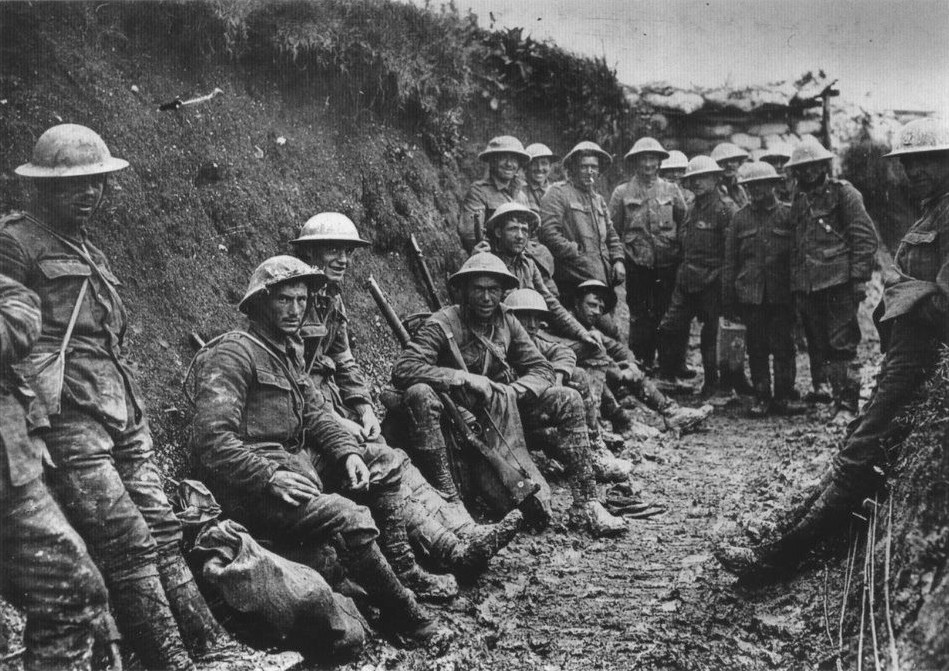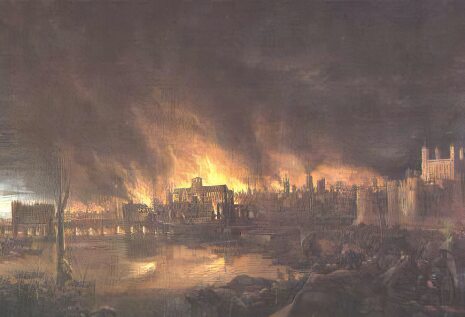
== Foreword ==
This Book is dedicated to the countless dead of both World Wars. To the countless North American soldiers who gave their lives liberate the world, and unite North America under a single banner. To the genius of commanders and to the resolution of James Arkham and Christopher Marlowe to see Liberty and Justice brought to the world. - Simon Marshal
This book has been written to provide the most accurate account of the 20th Century, to not only educate those learning about the history of the United States of North America, but also to provide an accurate depiction of the persons which shaped the modern world. From first hand accounts and eyewitness testimonies, I bring you the most accurate depiction of the United States of North America in the 20th Century, of the people who people who fought for and died for their country, and those who lead their country to greatness in a time of uncertainty and where lesser men would have surely given in to their enemies demands, those who stood defiant.
We will begin at the turn of the Century when social issues began a series of events which would culminate in the First World War, and would give rise to new ideals and political systems.
Game Settings :
- Normal/Normal
- Doomsday Armageddon v 1.00
- Territory and Political Systems changed for AAR upon Start of Game
- Scenario : The One in which you don't start in a War
AAR Style :
- History Textbook
== Page Index ==
Page 2 - Turning Point
Page 3 - Rise of Bolshevism
Page 4 - The First Congress Massacre
Page 5 - World in Flames
Page 6 - Fall of Democracy
Page 7 - A Tense Interbellum
Page 8 - The First Unity Conference
Page 9 - Gearing Up
Page 10 - The Railroad Affair and the Tehran Conference
Page 11 - Energy Crisis and the Washington Agreement
Page 12 - The Baltimore Conference and the Nye-Dutt Pact
Page 13 - Outbreak of War
Last edited:











